The Akhas are one of ten or so hill tribe peoples living in northern Thailand. Their ancestral homelands included Tibet and China’s Yunnan province, but due to territorial conflicts the Akha are among many of the world’s displaced peoples who have migrated to other lands. For approximately the past 200 years, Akha have lived in Burma, Laos, and Thailand.
Their history, in other words, is a journey – and it’s far from being over.
 While travelling in the Land of Smiles, we hoped to stay at and experience a traditional and hence “authentic” Akha village. It proved more challenging than we’d anticipated. That’s because although Thai tourism promotes tribal peoples’ colourful costumes and quaint lifestyle, hill tribes are a largely disenfranchised people in crisis. This is true not only for the Akha, but also for other hill tribes such as the Long-necked and White Karen, LaHu, Yao, and Lisu.
While travelling in the Land of Smiles, we hoped to stay at and experience a traditional and hence “authentic” Akha village. It proved more challenging than we’d anticipated. That’s because although Thai tourism promotes tribal peoples’ colourful costumes and quaint lifestyle, hill tribes are a largely disenfranchised people in crisis. This is true not only for the Akha, but also for other hill tribes such as the Long-necked and White Karen, LaHu, Yao, and Lisu.
What crisis? It appears that the majority of hill tribe people do not qualify for Thai id cards, neither can many own land or possess passports. Therefore, movement within Thailand let alone legally to Burma or other countries is impossible.
 Moreover, the Akha traditionally live in the mountainous regions, preferring to establish villages on the saddle of a ridge. They have an agrarian (swidden) lifestyle and are superb hunters in the jungle-forest habitats.
Moreover, the Akha traditionally live in the mountainous regions, preferring to establish villages on the saddle of a ridge. They have an agrarian (swidden) lifestyle and are superb hunters in the jungle-forest habitats.
Such traditions immediately create conflict with the Thai government. One reason is because of the forestry industry: the government’s attempts to control it, create plantations of non-fast-growing pine, and establish some forest preserves mean the Akha (and others who live further down the mountain slopes) have been compelled, quite literally, to move their villages out of newly designated forestry preserves – sometimes at a moment’s notice. Some claim they’ve woken up to find saplings planted in their rice fields in an obvious move to hasten their departure and emphasize their disenfranchised status.
Repeated, forced evictions translate into loss of hope and culture. It produces poverty because as the Akha and others like them are relocated further and further down the mountainside, their traditions and agrarian livelihood directly compete with not only other tribes but also, the lowland Thai people. Due to population pressures, these fully recognized Thai citizens are encroaching further and further up the hillsides. Not only are relocated hill tribes being forced to share their villages with one another (causing increased inter-tribal competition and necessary compromises to further dilute their unique cultures), they must also mix with the Thai.
In one sense, we could nod and say “it’s the way of the world.” But this sort of comment is easily thought and spoken if one is respected, employed, and secure. However, if you are a hill tribe person or community witnessing the unravelling of your culture, loss of identity is bitter and depressing. At best.
Another problem for the hill tribe peoples is degradation and loss of their traditional beliefs and culture due to possibly well-intentioned missionaries. Many Akha speak with sadness if not barely concealed outrage over “the Christians” who build missions (including not only churches but residential or non-residential schools). Just as we have experienced in Canada with our all-too-recent troubled history of enforced residential schools for our First Nations peoples, the Akha and other hill tribes are losing their identity thanks to planned, organized erosion of their culture.
The Akha are animists who have a firm belief in the spirit world. They build and tend spirit houses, spirit gates, and perform many sacred ceremonies wherein the spirit world is woven into their daily lives. In Chiang Rai I saw many beautiful animist spirit houses pushed over and broken. Desecrated. When I asked my Akha guide what had happened, he replied, “It’s the Christians; they do this to us to discourage our belief and try to convert us to their varied faiths. I’ve never understood why there are so many types of Christians: can’t they even get along with one another?”
Good point and the answer is… No.
 As merely one example of obvious inequality, it was discouraging to see a Christian mission being erected on the dominant hill of a Karen village outside Chiang Rai. The immense, obviously expensive church was under construction; however, the missionary’s home was complete and stood behind an imposing iron gate.
As merely one example of obvious inequality, it was discouraging to see a Christian mission being erected on the dominant hill of a Karen village outside Chiang Rai. The immense, obviously expensive church was under construction; however, the missionary’s home was complete and stood behind an imposing iron gate.
It is better to give than receive, Christ taught. But when animist hill tribe villagers live in seemingly eternal poverty and the missionaries place a donation box outside their grand edifice, who is eternally giving, and who is receiving more than their due?
With residential schools and missions being built, continual challenges to procuring Thai identity cards, and all the other challenges to Hill Tribe traditions, it seems as though these diverse cultures may be doomed.
But then again, their lives are a journey and so far, they’ve survived myriad setbacks. I hope they continue not only to survive, but to prosper, also.






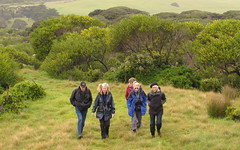
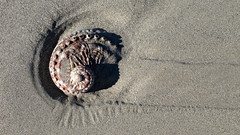
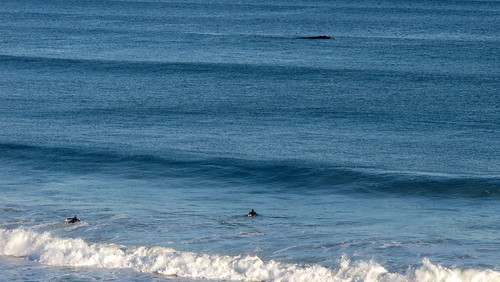
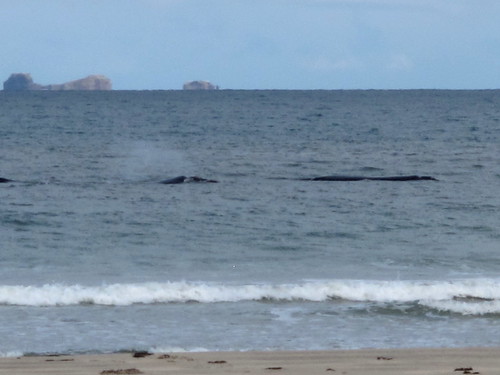
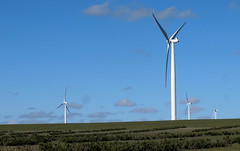

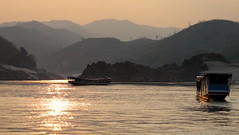

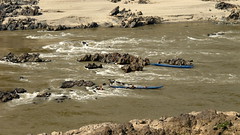
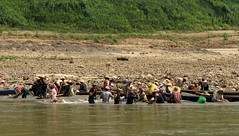
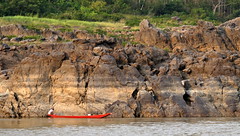








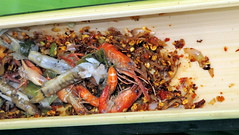
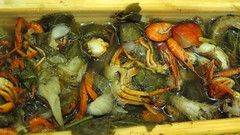
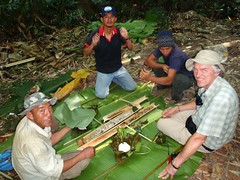
 Favourites included coral reef invertebrates known as Christmas Tree worms which came in unbelievable neon blue, gold and scarlet – all had sparkles, too, and were approx 3 cm tall. And definitely, although they damage the reef and an indicator of an unhealthy reef, the big black sea urchins were spectacular. Diving down to look at these spiny critters reveals five bright, silver-white sparkling “eyes” and a tangerine orange and neon purple “mouth.” Stunning colours against the jet black bodies. You don’t want to step on one of these as the spines are apparently very painful. However, they’re easy to avoid while being beautiful to behold.
Favourites included coral reef invertebrates known as Christmas Tree worms which came in unbelievable neon blue, gold and scarlet – all had sparkles, too, and were approx 3 cm tall. And definitely, although they damage the reef and an indicator of an unhealthy reef, the big black sea urchins were spectacular. Diving down to look at these spiny critters reveals five bright, silver-white sparkling “eyes” and a tangerine orange and neon purple “mouth.” Stunning colours against the jet black bodies. You don’t want to step on one of these as the spines are apparently very painful. However, they’re easy to avoid while being beautiful to behold.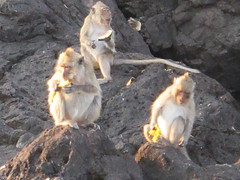 Thumbs down for any ecotourism perspective: there was no discussion whatsoever of the
Thumbs down for any ecotourism perspective: there was no discussion whatsoever of the 